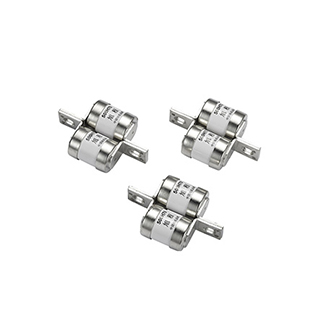
1. What is the normal operating current of the fuse, whether it cannot be blown during normal circuit operation, and immediately blown when the circuit is overloaded.
2. Is the standard voltage for circuit operation appropriate? The standard voltage for circuit operation must be lower than the rated current of the fuse.
3. Circuit overload: After the fuse blows, the circuit can be disconnected, making this overload circuit completely disconnected and unable to be maintained according to other circuits, thus maintaining circuit safety reasonably.
4. The minimum and maximum allowable abnormal current occurrence.
5. The working temperature of the fuse shall not exceed the limit value that the fuse can withstand. During the operation of certain circuits, the ambient temperature is prone to rise, so it is necessary to choose a suitable ambient temperature for maintenance.
6. The fuse should be able to withstand single pulse, impulse current, surge voltage, operating current, and circuit magnetic detection value, and ensure that it will not blow during normal circuit operation, abnormal circuit or overload.
7. Is the fuse suitable for the specifications of the circuit assembly structure? In circuits with some narrow spaces, some fuses lack assembly space and must be used before being assembled into narrow circuits.
8. Whether the fuse has the qualification certificate granted by the authority certification. At least it is required to have the UL qualification certificate or other qualification certificates, so as to ensure the quality of the fuse. Otherwise, abnormalities are likely to occur in the entire application process.
Read recommendations: